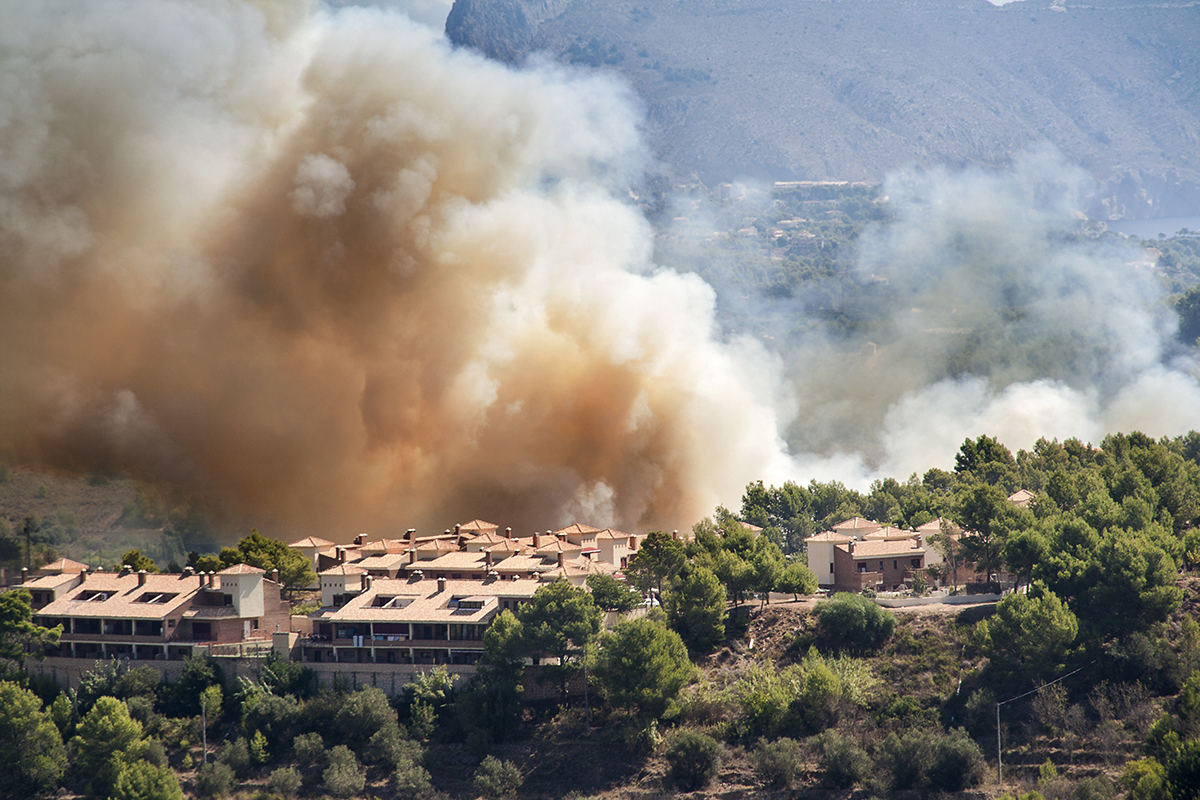Recently, HOAMCO handled a large wildfire which resulted in several of our managed communities being evacuated. When disaster strikes, homeowners often worry and wonder, “Who is responsible for fixing the damage to my home?”
It is not uncommon for homeowners to assume that the HOA is responsible for some, if not all of the damage to their homes in the event of a disaster. While some townhome and condo Associations may cover some of the external damage to the unit, protecting the home as a whole is ultimately the homeowner’s responsibility.
As Board Members and advocates for the communities we serve, it is important to educate the rest of the community about how they can best protect their homes in the event of a natural disaster. So what do homeowners need to do to get prepared? Here are a few steps homeowners should take to make sure they are well prepared in the event of a disaster.
- Identify the main risks.
Some of the most common types of disasters that can happen are floods, fires, hurricanes, tornadoes, and earthquakes. Homeowners should check to see if these types of events are covered by their homeowner’s insurance.
- Address the vulnerable spots on the property.
If fires are a big deal in the community, homeowners should try to plant things with a favorable fire performance rating. FEMA has some tips on what can be done to protect from floods. Evaluate the outside of the home and remove any potential hazards in the event of an earthquake. There are always ways to lower the chances of damage.
- Create a home inventory.
Yes, this can be a tedious task but in order to ensure proper reimbursement from insurance, this is a must. The easiest way to do this is to take a video camera through the home and verbally narrate the details of each item as you go through each room.
- Create an emergency plan and kit.
This is important for homeowners and Boards. HOAs, especially condo Associations, have a responsibility to create a disaster plan. Homeowners should be made aware of the evacuation plan for the building and any additional plans that the Board puts in place. In addition to that, homeowners should create their own disaster plan and share it with their family. It’s also a good idea to put together an easily accessible kit including things like a 3 day supply of water and food, a flashlight, a battery powered radio, a first aid kit, etc. If the homeowner has to flee quickly or take shelter underneath the home, this emergency kit will really come in handy.

